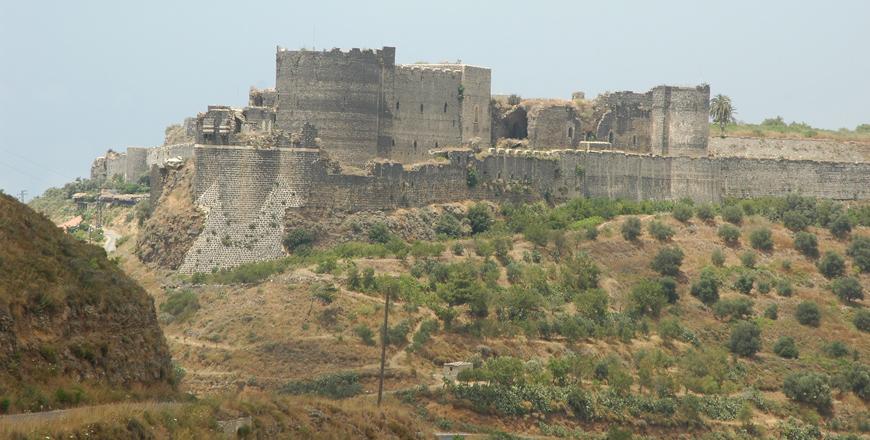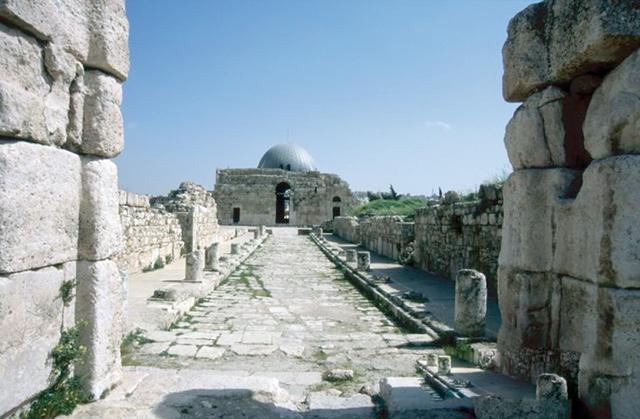You are here
British scholar studies crusader sites using ‘environmental archaeology’
By Saeb Rawashdeh - Jul 12,2021 - Last updated at Jul 12,2021

The Montfort Castle, located in Galilee, a former stronghold of the Teutonic Order, during excavation season 2012 (Photo courtesy of Aleks Pluskowski)
AMMAN — Environmental archaeology is the interdisciplinary study of past human interactions with the natural world, according to a British archaeologist.
“It draws on a suite of disciplines and techniques from the biological, chemical, physical and social sciences,” noted Professor Aleks Pluskowski from the University of Reading in the UK.
Environmental archaeology’s perspective is anthropocentric (a belief that humans are the central and the most important entity of the universe) and derives data from sites of human occupation, Pluskowski told The Jordan Times in an e-mail interview.
Pluskowski completed his undergraduate studies in archaeology and anthropology at the University of Cambridge and stayed to complete his PhD, where he studied human responses to wolves and their shared environments in northwestern Europe in the early and late mediaeval period.
The environment has remained central to all aspects of human life. Plants, animals and minerals provide food, clothing, building materials, fuel and transportation and there are cultural value systems related to each of these, Pluskowski said.
Pluskowski worked with other scholars at Montfort Castle in Upper Galilee to help develop environmental archaeological approaches to study crusader sites in the Levant, the historic areas of present-day Lebanon, Jordan, Palestine and Syria.
Montfort Castle was the Teutonic Order’s (German knight order) stronghold in the crusader Levant and the centre of Galilee estates in the 13th century, Pluskowski said.
Pluskowski added that his colleagues largely focused on the biography of the castle, developing a chronology of its construction phases and its architectural and engineering technologies. They also reconstructed aspects of daily life at the castle and documented the Mamluk siege and the castle’s subsequent destruction.
“Our aim was to develop a strategy for collecting environmental data from the site and connecting it with the landscape. This was partially realised, as a range of ‘ecofacts’ have been recovered during the various seasons of excavation at the castle,” Pluskowski noted. He added that he and his colleagues hope to develop a collaborative project on the castle’s landscape in the future.
In 2011, Pluskowski collaborated with his other colleagues to publish a paper in Mediaeval Archaeology, which proposed a comparative approach to the environmental archaeology of the three main crusader regions — the Levant, Baltic and Iberia.
“It would ultimately be desirable to have an inter-regional project across the Levant that adopts a unified methodology to the historic environment. This is something for the future we would like to work towards,” Pluskowski said.
Related Articles
AMMAN — Margat Castle, also known as Qal’at Al Marqab, located 2 kilometres away from the Mediterranean coast, near Antioch, is one of the l
AMMAN — Archaeology of architecture is the application of the archaeological methods to the study of historical buildings, noted a Spanish a
KARAK — By analysing the architecture and historical documentation, it is possible to reconstruct a detailed history of the Karak Castle dur

















